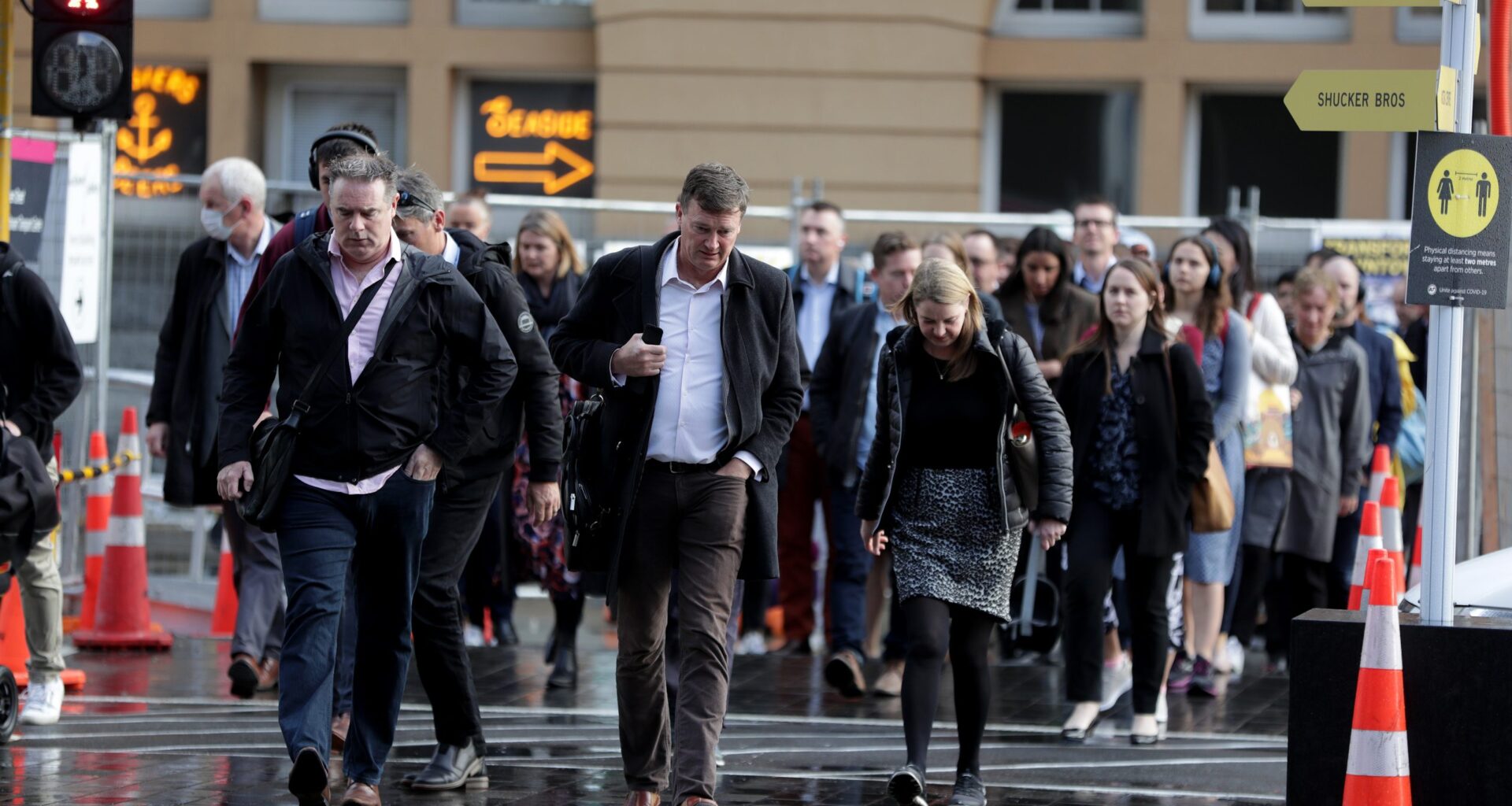Aucklanders, along with those looking for casual and part-time work, are among those suffering in a soft labour market, latest data shows.
Seasonally adjusted employment figures released by Stats NZ on Wednesday showed the national rate of unemployment ticked up 0.1 percentage points to 5.2 percent in the June 2025 quarter, marking an 11.1 percent rise in joblessness with 158,000 New Zealanders out of work. This is the highest rate since 2020 and in line with the Reserve Bank’s expectations, but lower than the 5.3 percent widely forecast by economists.
The numbers paint a different picture across the board. While Auckland has been hit with the largest increase in unemployment year-on-year, the rate of joblessness in Wellington has dropped – both when compared to the previous quarter and to the June 2024 quarter.
Michael Gordon, from Westpac, says the headline results are close to what was expected, warning that the rate of unemployment could rise further.
With the data in line with expectations, he says the Reserve Bank will want to leave the door open for some further easing of rates without being seen as committing to anything.
“The jobs market is soft. People are finding that if they’re out of work, it’s difficult to get back in. We do expect that to improve in time as the economy itself picks up, but there’s likely to be a bit of a lag.
“I think there are a number of businesses that are still coming from the point of being a bit over-staffed for the level of activity that’s on at the moment. So I wouldn’t say for certain that the unemployment rate has peaked just yet … the last couple of years have tended to surprise us with how gradual the increase has been.”
Jason Attewell, Stats NZ labour market spokesperson, says there are a number of important measures to illustrate labour market movements.
Underutilisation is a broader measure than unemployment, capturing ‘available potential job seekers’ who want a job and are available to work but aren’t actively seeking work, as well as the ‘underemployed’ – those New Zealanders working part time who want to pick up more hours but haven’t been able to do so.
While unemployment is up 0.1 percentage point quarter-on-quarter and 0.5 percentage points year-on-year, underutilisation is up by 0.4 and 0.9 points respectively.
Attewell says growth of the ‘underutilised’ is being driven by available potential jobseekers.
“We talk about underutilisation as an important measure, because it’s a broader measure than unemployment and highlights the potential capacity of the labour market.
“Some of the economists in the last couple of quarters have been talking about ‘labour hoarding’. So that’s where, instead of letting somebody go, maybe you’re giving them fewer hours so that if work picks up, you can bring their hours back up,” Attewell says.
“So that might be something that’s happening right now.”
The 1.5 percentage point annual increase in unemployment in New Zealand’s biggest city is three times that of the 0.5 point increase nationally and means an additional 15,000 Aucklanders are out of work compared with this time last year.
“Auckland is such an important part of the economy: it’s a third of the people, a third of the jobs and more than that in terms of GDP,” Attewell says.
“Talking about what we’re seeing in Auckland in terms of the filled jobs, there are fewer filled jobs in the construction industry, other support services and falls in manufacturing filled jobs as well.
“Again, like we’re seeing with the national picture, there is a greater impact on younger people as well, with fewer filled jobs for people under 35.”
Wellington’s unemployment rate, in contrast, dropped a whole percentage point from the rate recorded in the March 2025 quarter, bringing it to 0.1 percentage points below the rate in June 2024.
“Some people in the Wellington government bubble might have expected unemployment to be higher, given you know what’s going on,” Attewell notes.

